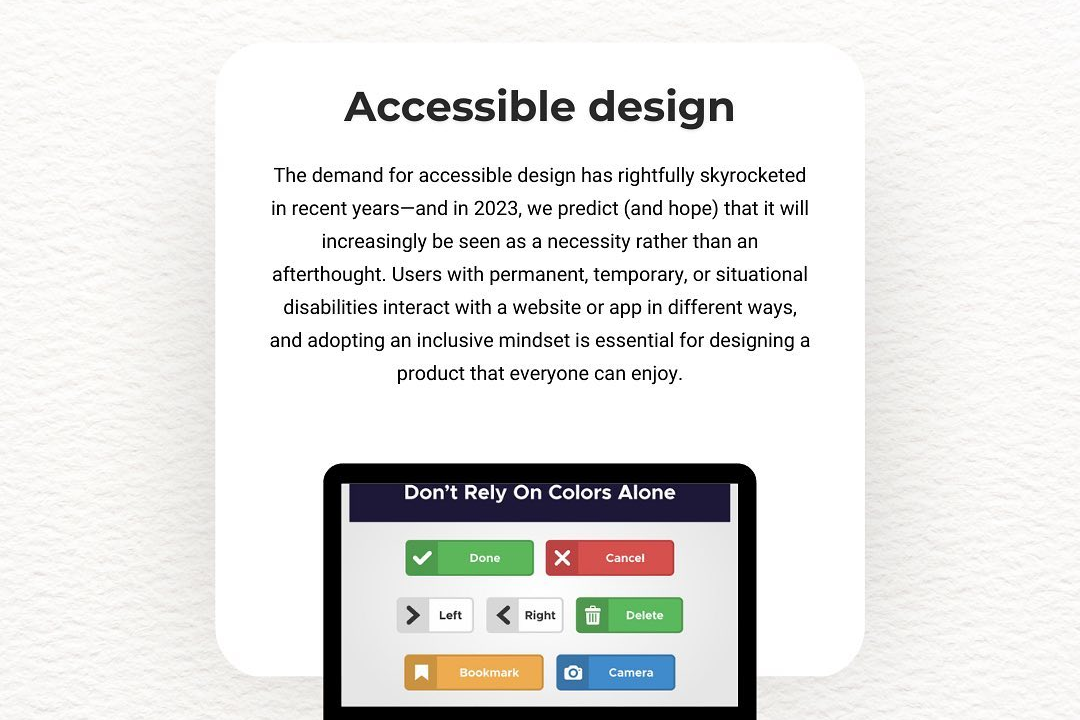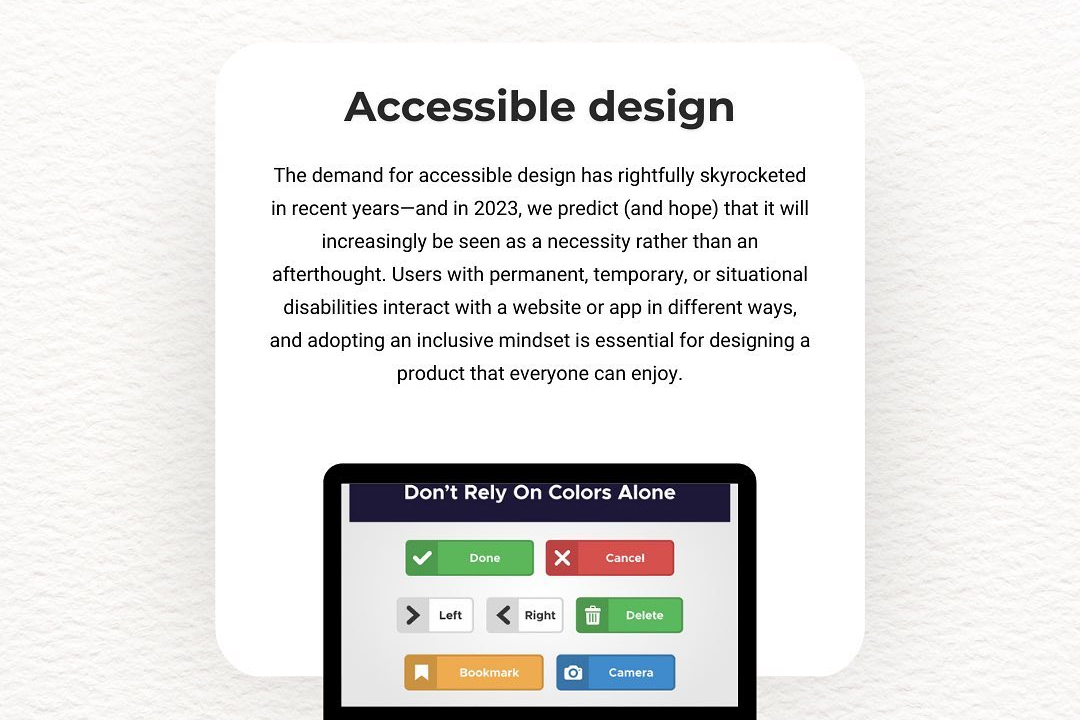File Upload Using Ajax in PHP Example Program
File upload using AJAX in PHP allows users to upload files to the server dynamically without needing
File Upload Using Ajax in PHP Example Program
File upload using AJAX in PHP offers a seamless and efficient way to enable users to upload files without reloading the webpage, enhancing user experience with real-time progress feedback. By leveraging AJAX, developers can validate, upload, and display upload status dynamically, making the process smoother and more interactive. This approach is particularly useful for applications that require frequent or large file uploads, such as project submissions or profile picture updates, as it reduces wait times and provides instant responses. An example program typically involves JavaScript handling the file input and AJAX request, while PHP processes and saves the uploaded file on the server, resulting in a modern, user-friendly upload system.
To Download Our Brochure: https://www.justacademy.co/download-brochure-for-free
Message us for more information: +91 9987184296
File upload using AJAX in PHP offers a seamless and efficient way to enable users to upload files without reloading the webpage, enhancing user experience with real time progress feedback. By leveraging AJAX, developers can validate, upload, and display upload status dynamically, making the process smoother and more interactive. This approach is particularly useful for applications that require frequent or large file uploads, such as project submissions or profile picture updates, as it reduces wait times and provides instant responses. An example program typically involves JavaScript handling the file input and AJAX request, while PHP processes and saves the uploaded file on the server, resulting in a modern, user friendly upload system.
Course Overview
Learn how to implement seamless file uploads in PHP using AJAX with this practical example program. This course covers dynamic file validation, real-time progress tracking, and server-side processing, enabling you to create efficient, user-friendly upload features for your web applications.
Course Description
This course provides a step-by-step guide to implementing efficient file uploads in PHP using AJAX, featuring real-time progress tracking and validation to enhance user experience in web applications.
Key Features
1 - Comprehensive Tool Coverage: Provides hands-on training with a range of industry-standard testing tools, including Selenium, JIRA, LoadRunner, and TestRail.
2) Practical Exercises: Features real-world exercises and case studies to apply tools in various testing scenarios.
3) Interactive Learning: Includes interactive sessions with industry experts for personalized feedback and guidance.
4) Detailed Tutorials: Offers extensive tutorials and documentation on tool functionalities and best practices.
5) Advanced Techniques: Covers both fundamental and advanced techniques for using testing tools effectively.
6) Data Visualization: Integrates tools for visualizing test metrics and results, enhancing data interpretation and decision-making.
7) Tool Integration: Teaches how to integrate testing tools into the software development lifecycle for streamlined workflows.
8) Project-Based Learning: Focuses on project-based learning to build practical skills and create a portfolio of completed tasks.
9) Career Support: Provides resources and support for applying learned skills to real-world job scenarios, including resume building and interview preparation.
10) Up-to-Date Content: Ensures that course materials reflect the latest industry standards and tool updates.
Benefits of taking our course
Functional Tools
1 - PHP: PHP is a widely used server side scripting language essential for creating dynamic web applications. In this course, PHP handles the server side logic for processing, storing, and managing uploaded files. Students learn how to write PHP scripts that receive file data via AJAX requests, validate uploads for security and format, and save the files securely on the server. PHP’s integration with HTML and JavaScript enables seamless file transfer and management within web applications, making it a core component of the course. Understanding PHP also involves mastering concepts such as file permissions, error handling, and server security, which are crucial for deploying robust file upload functionalities.
2) HTML5: HTML5 provides the structural foundation for the web interface where users select files for upload. The course emphasizes designing user friendly forms with input elements like `<input type="file">` that enable users to choose files from their local system. Students learn how to create responsive and accessible interfaces, incorporating features like multiple file selection and real time feedback. HTML5’s semantic elements improve usability, while its compatibility with CSS and JavaScript ensures dynamic and interactive upload forms. Mastery of HTML5 is vital for building intuitive web pages that complement the AJAX based upload process.
3) JavaScript (AJAX): JavaScript, specifically the AJAX (Asynchronous JavaScript and XML) technique, allows for uploading files without requiring a page refresh. This course teaches students how to implement AJAX calls to send file data asynchronously to server side PHP scripts, creating a smooth user experience. JavaScript handles real time progress tracking, validation, and error handling, enabling dynamic interactions during the upload process. Concepts like the XMLHttpRequest object, FormData API, and event listeners are extensively covered, equipping students to develop efficient and modern file upload interfaces that respond instantly to user actions.
4) jQuery Library: The jQuery library simplifies JavaScript programming by offering easy to use methods for AJAX operations, DOM manipulation, and event handling. In this course, jQuery streamlines the implementation of file uploads by reducing complex code and enhancing cross browser compatibility. Students learn to utilize jQuery’s AJAX functions to facilitate real time data transfer, monitor upload progress, and update the user interface dynamically. The library also makes it easier to handle validation, error messages, and visual feedback during the upload process, ensuring an engaging and efficient development experience.
5) CSS: Cascading Style Sheets (CSS) are crucial for designing visually appealing and responsive upload interfaces. The course demonstrates how to style upload forms, progress bars, and feedback messages to improve user engagement and usability. CSS techniques are used to create intuitive layouts, highlight active areas, and ensure that components are accessible across different devices and screen sizes. Proper styling not only enhances aesthetic appeal but also provides clear visual cues about the upload status, errors, and success messages, making the entire process transparent and user friendly.
6) Web Browsers: Modern web browsers like Chrome, Firefox, Edge, and Safari serve as testing platforms for the AJAX file upload implementation. The course emphasizes browser compatibility and performance testing to ensure the upload feature functions consistently across different environments. Students learn how browsers handle JavaScript execution, AJAX requests, and file input operations, which helps in debugging and optimizing code. Understanding browser behaviors and limitations is essential for building reliable web applications, ensuring that users across various devices and platforms experience smooth uploads.
7) Local Development Environment: An integrated development environment (IDE) like Visual Studio Code, Sublime Text, or PHPStorm provides the workspace for coding, debugging, and testing the project. The course guides students on setting up a local server environment using tools like XAMPP, WAMP, or MAMP to simulate live server conditions. Configuring the environment correctly ensures that PHP scripts execute smoothly and that AJAX requests function without errors. Mastering local setup is fundamental for iterative development, troubleshooting, and preparing web applications for deployment in real world scenarios.
8) Database Management System (Optional): For advanced projects, integrating a database such as MySQL or MariaDB helps in managing uploaded file metadata, user information, or access logs. The course covers how to connect PHP scripts to databases to store details like filenames, upload timestamps, user IDs, or file statuses. Managing this data efficiently enables applications to provide features like file browsing, access control, or version tracking. Understanding database interactions prepares students for comprehensive web application development where file uploads are part of larger data ecosystems.
9) Version Control Tools: Tools such as Git are introduced to help students track code changes, collaborate effectively, and manage project versions. The course emphasizes best practices for committing, branching, and merging code related to the file upload feature. Version control ensures a systematic development process, making it easier to recover from errors and collaborate on team projects. Familiarity with these tools prepares students for industry standard workflows and collaborative software development environments.
10) Deployment Platforms & Hosting Services: To make web applications available to users, students are introduced to deployment options such as shared hosting, cloud platforms like AWS, or services like Heroku. The course discusses configuring server environments, uploading project files, and ensuring that PHP scripts and databases are operational post deployment. Learning deployment techniques enables students to transition their projects from local development to live environments confidently. This knowledge is essential for real world application of the skills acquired, ensuring that the file upload features function securely and efficiently in production.
11 - Security Tools and Practices: Ensuring secure file uploads is critical to prevent vulnerabilities like code injection, malware uploads, or unauthorized access. The course covers using validation techniques, sanitizing file names, checking file types, and implementing server side security measures. It also introduces the concept of secure connections via HTTPS and firewall configurations to protect data during transit. A comprehensive understanding of security tools and best practices ensures that the developed upload system remains robust, user data is protected, and the system complies with security standards and regulations.
12) Testing Frameworks and Debugging Tools: To ensure the reliability of the file upload feature, students learn how to utilize testing tools like Postman for API validation and browser developer tools for debugging JavaScript and AJAX issues. Debugging and testing help identify performance bottlenecks and security loopholes early in the development cycle. The course emphasizes systematic troubleshooting techniques, allowing students to refine their code, optimize performance, and guarantee a smooth user experience before deploying their applications live.
13) Multimedia Handling and Validation: The course delves into managing different file types such as images, videos, documents, and audio files. Students learn how to implement client side and server side validation to restrict uploads to specific formats and sizes, ensuring compatibility and security. Techniques such as MIME type checking, file size limits, and content inspection are covered to prevent potential vulnerabilities and maintain application integrity.
14) File Compression and Optimization: To improve upload efficiency, students explore methods for compressing large files before upload and optimizing them for web use. Techniques include leveraging server side tools or client side scripts to reduce file sizes, enhancing upload speed and reducing server load, leading to a more scalable application.
15) User Authentication and Authorization: For controlled access to upload functionalities, the course covers implementing user login systems and permission management. This ensures only authorized users can upload or manage files, enhancing data security and adhering to privacy standards. Students learn to integrate authentication modules with their upload system seamlessly.
16) Responsive Design Principles: Emphasizing mobile first development, the course teaches students how to create responsive interfaces that adapt to various screen sizes and devices. This ensures users can upload files efficiently from desktops, tablets, or smartphones, providing a consistent experience across platforms.
17) Cross Browser Compatibility Testing: The course guides students through testing their upload features across different browsers and versions to identify and fix inconsistencies. It highlights common issues and solutions related to browser specific behaviors, ensuring a reliable experience for all users.
18) Error Handling and User Feedback: Effective error handling mechanisms are taught to inform users of issues like failed uploads, unsupported formats, or server errors. Clear, user friendly feedback enhances usability and trust, making the system more approachable even when issues occur.
19) Scalability and Performance Optimization: Students learn strategies for handling high volumes of file uploads, including load balancing, asynchronous processing, and optimizing server resources. This prepares applications for real world scenarios where scalability impacts user satisfaction and operational costs.
20) Cloud Storage Integration: The course introduces integrating third party cloud storage services like AWS S3, Google Cloud Storage, or Azure Blob Storage for file storage solutions. This allows scalable, durable, and secure storage options outside the local server environment.
21 - Logging and Monitoring Tools: Implementing logging mechanisms helps track upload activities, user actions, and system errors. Monitoring tools enable real time performance tracking, facilitating quick troubleshooting and maintaining optimal system health.
22) Compliance and Data Privacy Considerations: The course emphasizes understanding legal requirements like GDPR or HIPAA related to file uploads and data handling. Students learn to implement encryption, anonymization, and secure storage practices to ensure compliance and protect user data.
23) Automation and Workflow Optimization: Students explore automating routine tasks such as backups, file versioning, or notifying users post upload. Automation increases efficiency and reduces manual intervention, leading to a more robust system.
24) User Interface Enhancements: Incorporating drag and drop features, progress animations, and multimedia previews enriches the user experience. The course demonstrates how to implement these engaging UI elements using CSS, JavaScript, and jQuery.
25) Building APIs for File Management: Advanced students learn to develop RESTful APIs for programmatic file uploads, retrieval, and management. This enables integration with other systems or mobile applications, broadening the application's scope.
26) Backup and Disaster Recovery: The course introduces strategies for backing up uploaded files and ensuring data recovery in case of hardware failures, accidental deletions, or cyber attacks. This guarantees data durability and business continuity.
27) Ethical and Responsible Data Handling: Emphasizing ethical considerations, the course discusses responsible collection, storage, and sharing of user data, promoting privacy and building user trust.
28) Certification and Industry Standards: Upon course completion, students receive a certification validating their skills, boosting their professional profile. The course aligns with industry standards to prepare students for real world challenges effectively.
29) Community and Support Resources: Access to forums, code repositories, and industry expert interactions aids continuous learning and problem solving, empowering students to stay updated with the latest trends and best practices.
30) Practical Capstone Projects: To consolidate learning, students undertake comprehensive projects involving end to end implementation of secure, scalable, and user friendly file upload systems, fostering practical expertise and confidence.
Browse our course links : https://www.justacademy.co/all-courses
To Join our FREE DEMO Session:
This information is sourced from JustAcademy
Contact Info:
Roshan Chaturvedi
Message us on Whatsapp: +91 9987184296
Email id: info@justacademy.co












